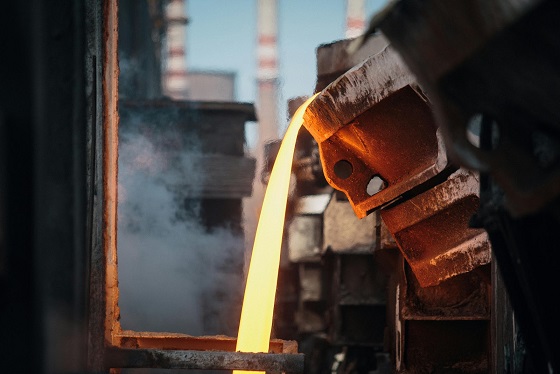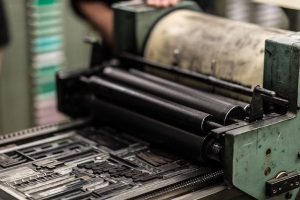In the world of foundries, there are many different casting processes to learn about. Die casting is one such process – a widely practised type of casting that involves high-pressure settings and nonferrous materials. This process is used to manufacture high-precision components and parts on a large scale. This article will delve more into what die casting is and what its common types are.
Understanding the Die Casting Process
Also known as pressure die casting, die casting is moulding metals into a die-cast at high-pressure ranges. This permanent casting process is used to make components, tools, and parts that are accurate and precise in dimensions. The components made through die casting are also high-quality, even when made in large volumes.
In a casting foundry, you will find nonferrous metals such as aluminium, tin, zinc, copper, magnesium, etc., cast into dies. There are two main types of die casting – hot-chamber and cold-chamber. The die-casting process is chosen depending on the melting point of the metal that is cast.
Advantages of Die Casting
- Economical – Die casting is a great option for manufacturing components and parts on a large scale, as it is precise and the cost per part is very low.
- Quality and Finishing – Parts produced through die casting are very precise and are of great quality and finishing.
- Good strength – Die casting yields parts that are of incredible mechanical strength and durability.
Types of Die Casting
Apart from hot-chamber and cold-chamber, a few other types of die casting are commonly used. They are briefed below:
- Hot-Chamber Die Casting
Also known as gooseneck or hot casting, this die-casting process involves dipping the cylinder chamber of the injection mechanism into the molten metal bath. A feed system draws the hot, molten metal into the die cavity. This process has its pros and cons – it is mainly used for metals with lower melting points, such as magnesium, zinc, copper, etc.
- Cold-Chamber Die Casting
Similar to the process of hot-chamber casting, cold-chamber die casting also involves pouring the metal into the chamber of the injection system. But unlike hot-chamber, this process focuses more on minimizing machine corrosion than increasing efficiency. Common metals used in this process are aluminium and aluminum alloys.
- Vacuum Die Casting
The vacuum die-casting process is relatively new in the industry. Opting for Vacuum Pressure Casting (VPC) can result in better product strength and minimal porosity. It is almost the same as the cold-chamber process, but only the positions of the molten bath and the die-cast mold are reversed. This process is used for geometrically complex components and parts.
The Bottom Line
In a die-casting foundry, hot-chamber, cold-chamber, and vacuum die-casting are the commonly found casting processes. There are also other popular die casting processes such as squeeze die, semi-solid die, low-pressure, etc. It is crucial to consider the metals used and the precision that the designs require before choosing the right type of die-cast.


